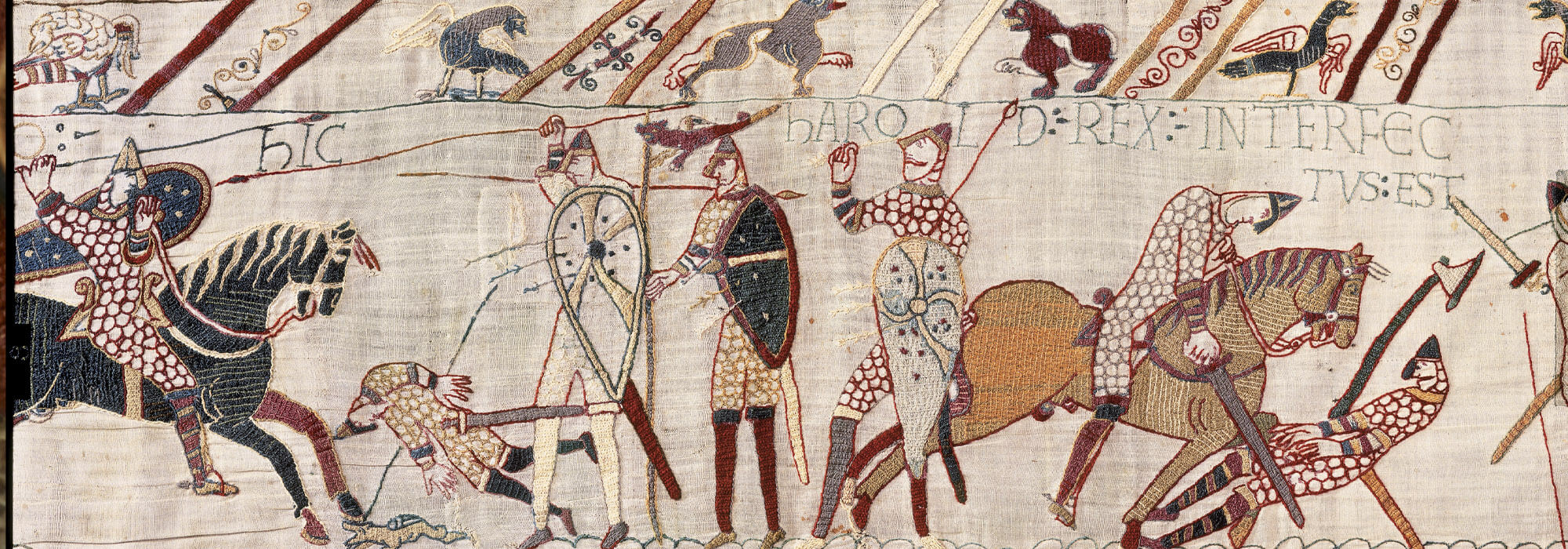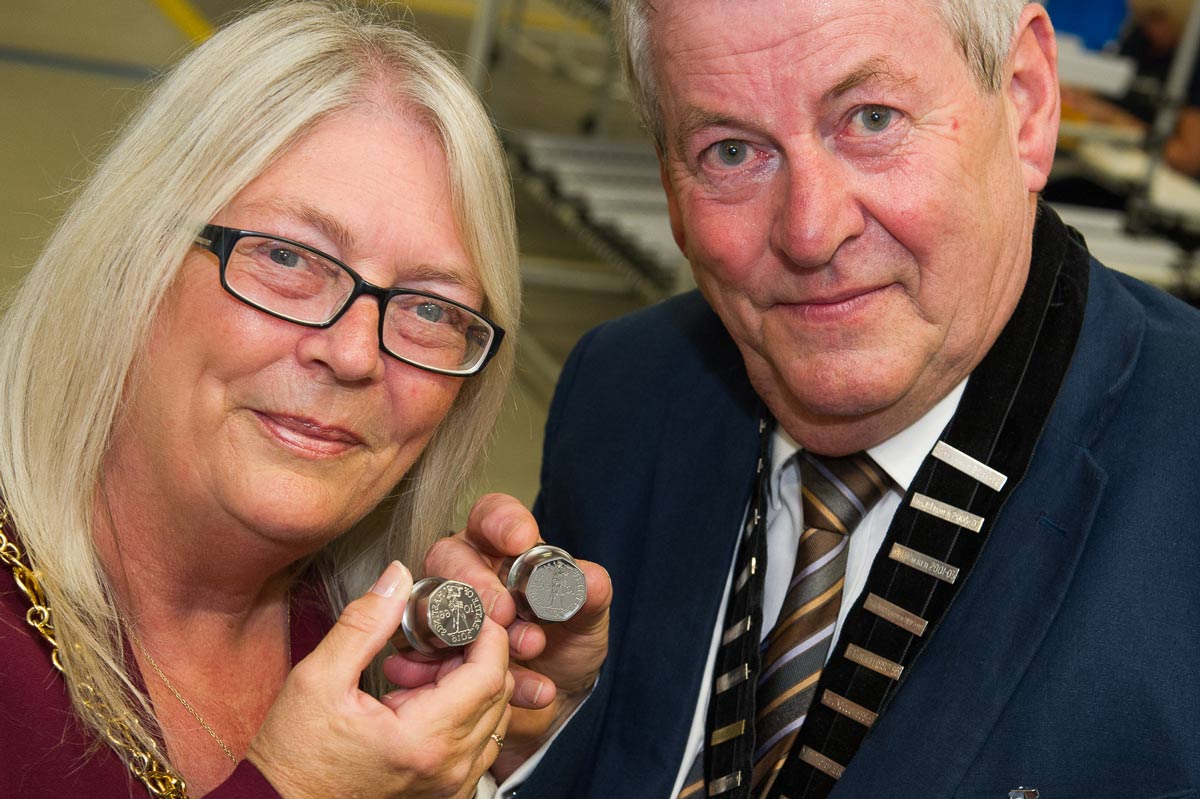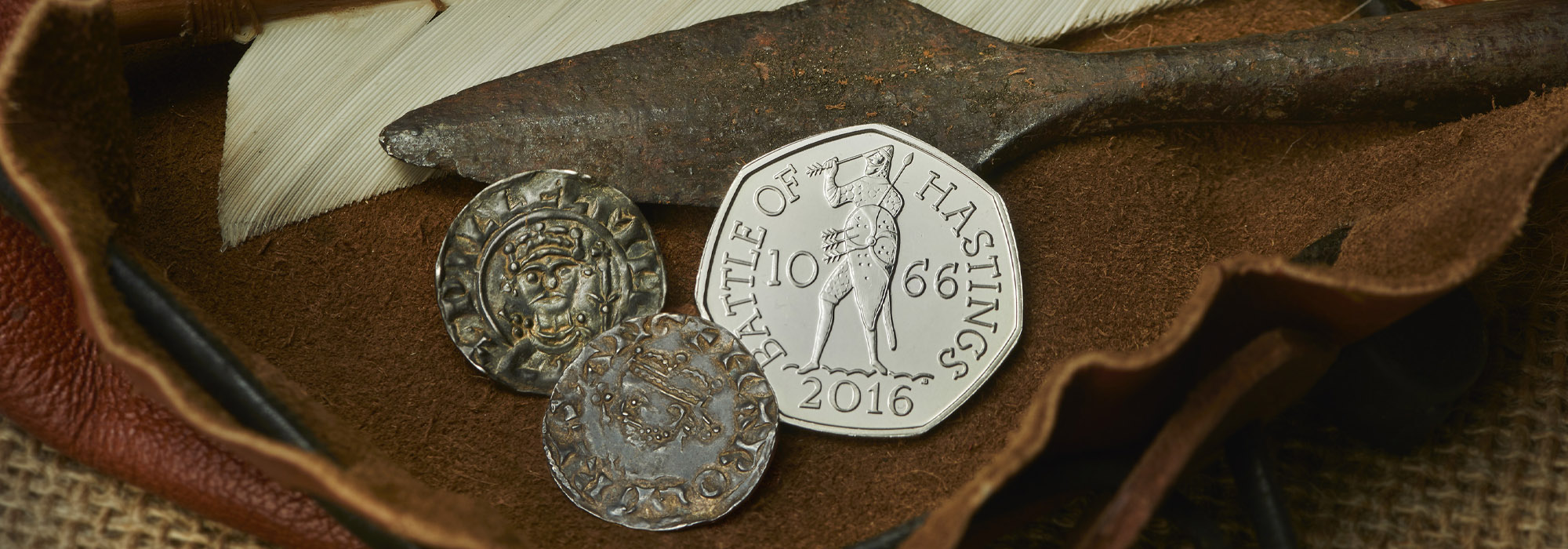The Date that Made History
1066, the date drummed into generations of schoolchildren, considered one of Britain’s most signicant battles on its own soil. The story has been kept alive for almost a millennium, with people travelling far and wide to glimpse the Bayeux Tapestry that tells its story, in Normandy, or to view its British replica, created in the late nineteenth century and housed at Reading Museum. The epic battle seems one-sided, fought between William the Conqueror, with his elite cavalry, and King Harold with his hastily gathered army – and with few English survivors we rely on the Norman account of the battle. But there is a far more complex tale. From King Harold’s questionable right to the throne to the mysterious lady of the tapestry, the events surrounding the battle continue to be a historical hot topic today.
Whatever the facts or action of The Battle of Hastings, William defeated King Harold. The conqueror’s subsequent rule led to much of the infrastructure we know today. Under his command, castles and stone buildings replaced the wooden dwellings Britons had used, and laws punishing crimes such as murder were introduced. Even the English language itself developed as a result of the battle. However ruthless the new king’s approach might seem, he appeared to regret such bloodshed, founding an abbey at the site of Harold’s death in an act of atonement.
The Battle that changed Britain
The Battle of Hastings was a pivotal moment that altered the course of British history. This epic clash fought between two kings and their men on English soil ended in defeat for King Harold, and a new rule for England under ‘William the Conqueror’. The Norman king brought about huge social advancement that set the foundations for the nation as we know it today.
In 2016 The Royal Mint marked this historic battle with a Battle of hastings 50p coin. The reverse design is inspired by the tales that surround the battle, the art of the time, and the only real visual record of the battle – the Bayeux Tapestry.
Embroidered in history
The Bayeux Tapestry is a remarkable piece of art in its own right. The historical record tells a detailed story, but one that we should perhaps consider carefully – with few English survivors of the battle, the tapestry is a Norman account of events.
The tapestry in Normandy, France reveals many hidden tales connected with the battle and the events leading up to it. A replica is held at Reading museum, and people visit both to explore this intriguing story. Researchers have studied the tapestry for centuries looking to understand the meaning behind the many elements.

Bayeux Tapestry facts
- 70m long -The tapestry is around 70 metres long and 50cm high – that’s 35 square metres of hand-embroidered linen
- More than 550 animals -Birds, dogs and mythical animals all feature, including traditional heraldic beasts such as the dragon and griffin.
- Latin inscriptions -More than 50 Latin inscriptions provide a commentary on the tapestry, helping the viewer to identify characters and understand scenes.
- Around 200 horses -The use of horses in battle was common in medieval times, so it’s unsurprising that 190 are included in the tapestry. While Britons mainly used horses for transport at the time, the French were already forming organised cavalries
- Over 600 people -Human figures feature strongly in the tapestry including kings, clerics, knights and soldiers. However, just three women are included in the scenes.

Discover great stories from history and how we're celebrating these moments within The Royal Mint
Read more

